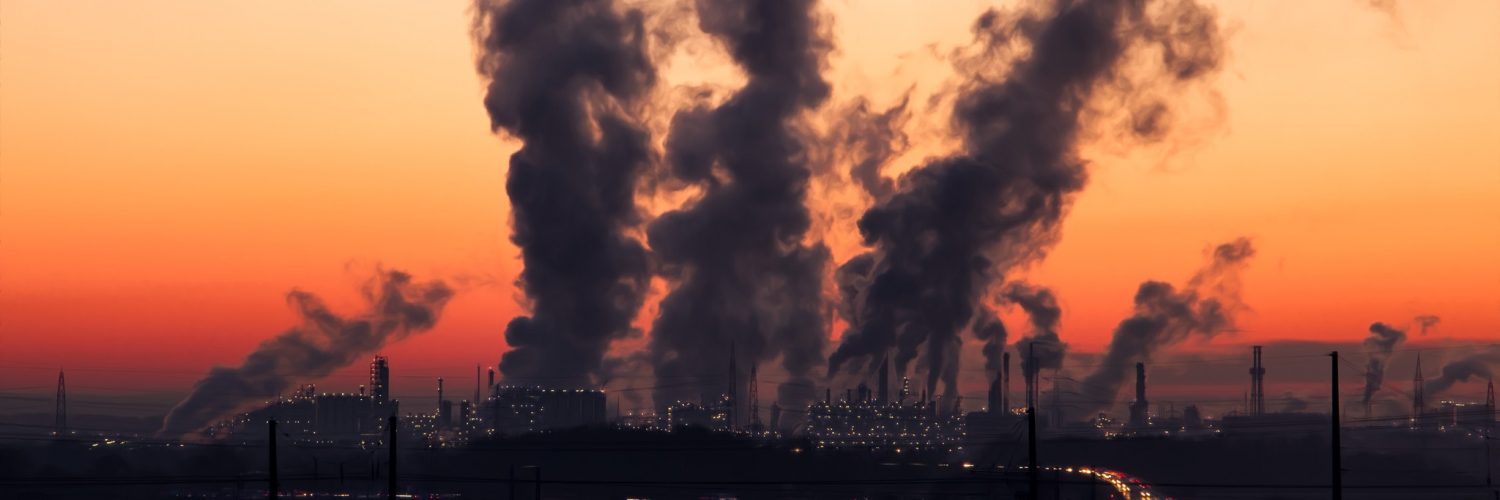Heavy industries, the bedrock of modern economies, including sectors like steel, cement, chemicals, mining, automobile manufacturing and shipbuilding, face a critical imperative for decarbonization.
They involve large capital investment, intensive manufacturing involving heavy machinery, and often deal with massive raw materials, providing jobs and economic progress.
Unfortunately, the high energy consumption required to operate these industries contributes significantly to global greenhouse gas emissions. The immense scale of their operations, the high temperatures inherent in their processes, and the deeply embedded nature of their existing infrastructure are often major contributors to a country’s carbon emissions.
Cement manufacturing alone contributes 8% of the world’s total emissions, steel production is responsible for 7%, and chemicals add another 5%.
Decarbonising heavy industries has to be a top priority for any economy that aspires to achieve green targets and reduce its carbon footprint. This will require innovative and multifaceted strategies.
This article explores the pathways and technologies that can enable these vital industries to navigate the complex transition towards a net-zero future.
Types of Emissions from Heavy Industries

Greenhouse gases (GHG), with carbon dioxide being a primary concern due to its generation from the combustion of fossil fuels and industrial processes like cement production, are major contributors to climate change. Similarly, other significant gases such as methane and nitrous oxide emanating from mining, etc, are another cause of carbonisation.
Beyond GHG, heavy industries also release other harmful air pollutants. Sulphur oxides and nitrogen oxides contribute to acid rain and respiratory problems, while particulate matter (PM), especially fine particles (PM₂.₅ and PM₁₀), presents serious health risks.
Volatile organic compounds and heavy metals such as lead, mercury, and cadmium are also emitted, further deteriorating air quality and impacting human health.
These diverse emissions stem from combustion processes, chemical reactions, and material processing within industrial facilities.
Heavy industry emissions are categorised into three scopes by the Greenhouse Gas Protocol. This US-based organisation defines standards used in accounting tools to measure, manage and report on GHG.
Scope 1 includes direct emissions from sources owned or controlled, such as on-site fuel combustion in boilers and furnaces, as well as process emissions like those released during the chemical reactions in cement production.
Scope 2 covers indirect emissions associated with the consumption of purchased electricity, heat, steam, and cooling, even though these are generated elsewhere.
Scope 3 encompasses all other indirect emissions occurring across the company’s value chain, upstream (e.g., emissions from purchased goods and services, transportation, and waste) and downstream (e.g., emissions from the use and disposal of sold products).
Often the most substantial and complex to measure and mitigate, Scope 3 emissions pose a significant challenge in the comprehensive decarbonization of heavy industries.
Key Decarbonization Strategies
1. Enhancing Energy Efficiency and Process Optimisation
One of the most immediate and impactful strategies involves energy efficiency and process optimisation. Improvements in energy management systems, waste heat recovery, and optimised operational procedures can yield substantial emission reductions.
This includes adopting best practices in furnace design, improving insulation, and implementing smart control systems that minimise energy consumption across the entire production chain.
2. Electrification of Industrial Processes
A cornerstone of decarbonising heavy industries lies in the electrification of different processes. Shifting away from fossil fuel-based direct heating to electric heating technologies (powered by renewables), wherever feasible, can significantly reduce direct emissions.
This includes utilising electric arc furnaces in steelmaking, induction heating in various metallurgical processes, and electric boilers for steam generation in chemical plants.
3. Potential of Green Hydrogen and Biomass
Green hydrogen produced through electrolysis powered by renewable energy holds immense potential as a clean fuel and feedstock for various industrial processes.
On the other hand, biomass and bio-based feedstocks also offer opportunities for decarbonization, particularly in the chemical and cement industries.
Sustainable biomass sourcing for combustion or as a feedstock for producing bio-based polymers and fuels can reduce reliance on fossil resources. In the cement sector, utilising biomass as a fuel source for the kiln and incorporating bio-based additives in concrete production can lower the carbon footprint.
4. Carbon Capture, Utilisation, and Storage (CCUS)
CCUS technologies are considered essential for decarbonising hard-to-abate sectors within heavy industry, where process emissions are inherent and direct electrification or fuel switching may be technically or economically challenging in the near to medium term.
CCUS involves capturing carbon dioxide emissions at the source, transporting them, and either permanently storing them underground or utilising them in various industrial processes, such as producing building materials or synthetic fuels.
5. Embracing Circular Economy Principles
Beyond technological solutions, circular economy principles offer a powerful framework for reducing emissions in heavy industries. This involves minimising waste generation, maximising the reuse and recycling of materials, and designing products for longevity and recyclability.
For instance, increasing the use of recycled steel and aluminium significantly reduces the energy intensity associated with primary production.
Furthermore, cross-sectoral collaboration and industrial symbiosis can unlock significant decarbonization opportunities. This involves the exchange of energy and materials between different industrial facilities, optimising resource utilisation and reducing waste streams.
6. Supportive Policy and Regulatory Landscape
Transitioning to a decarbonised heavy industry requires a supportive policy and regulatory landscape. Governments play a crucial role in setting ambitious emission reduction targets, providing financial incentives for the adoption of clean technologies, establishing carbon pricing mechanisms, and fostering research and development.
Clear and consistent policies are essential to encourage investors and drive innovation. Further, international cooperation and standardisation are also vital to ensure a level playing field and facilitate the global transition.
Wrapping Up
Innovation and technological breakthroughs will be crucial for decarbonising heavy industries.
Continued research and development are needed to improve existing technologies’ efficiency and cost-effectiveness and explore entirely new pathways, such as advanced electrolysis for green hydrogen production, novel materials with lower embodied carbon, and breakthrough carbon capture technologies.
The journey towards net-zero will be challenging and requires collaboration between academia, industry, and the government. While it demands significant investment and commitment, the long-term benefits for the planet and future generations are undeniable.
You might also like to read
Decarbonising the Shipping industry. Read here






Add comment